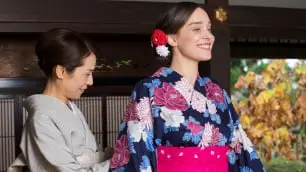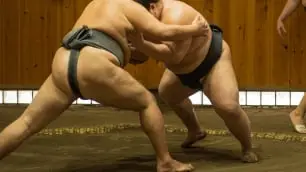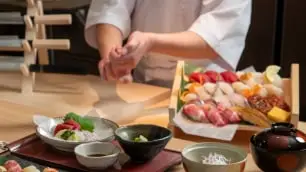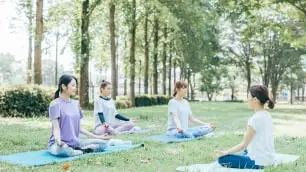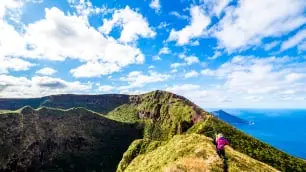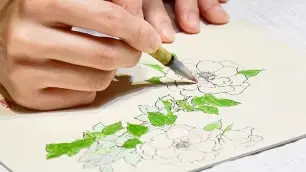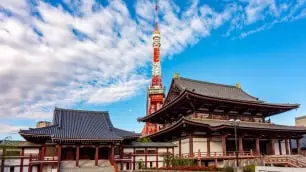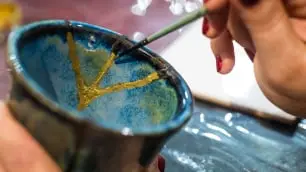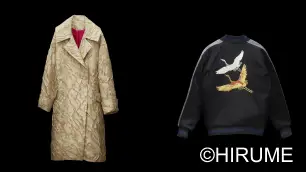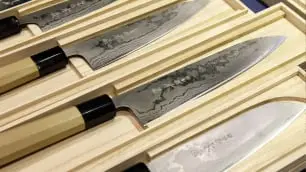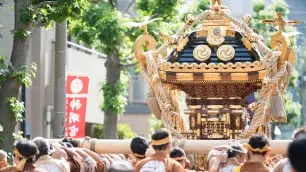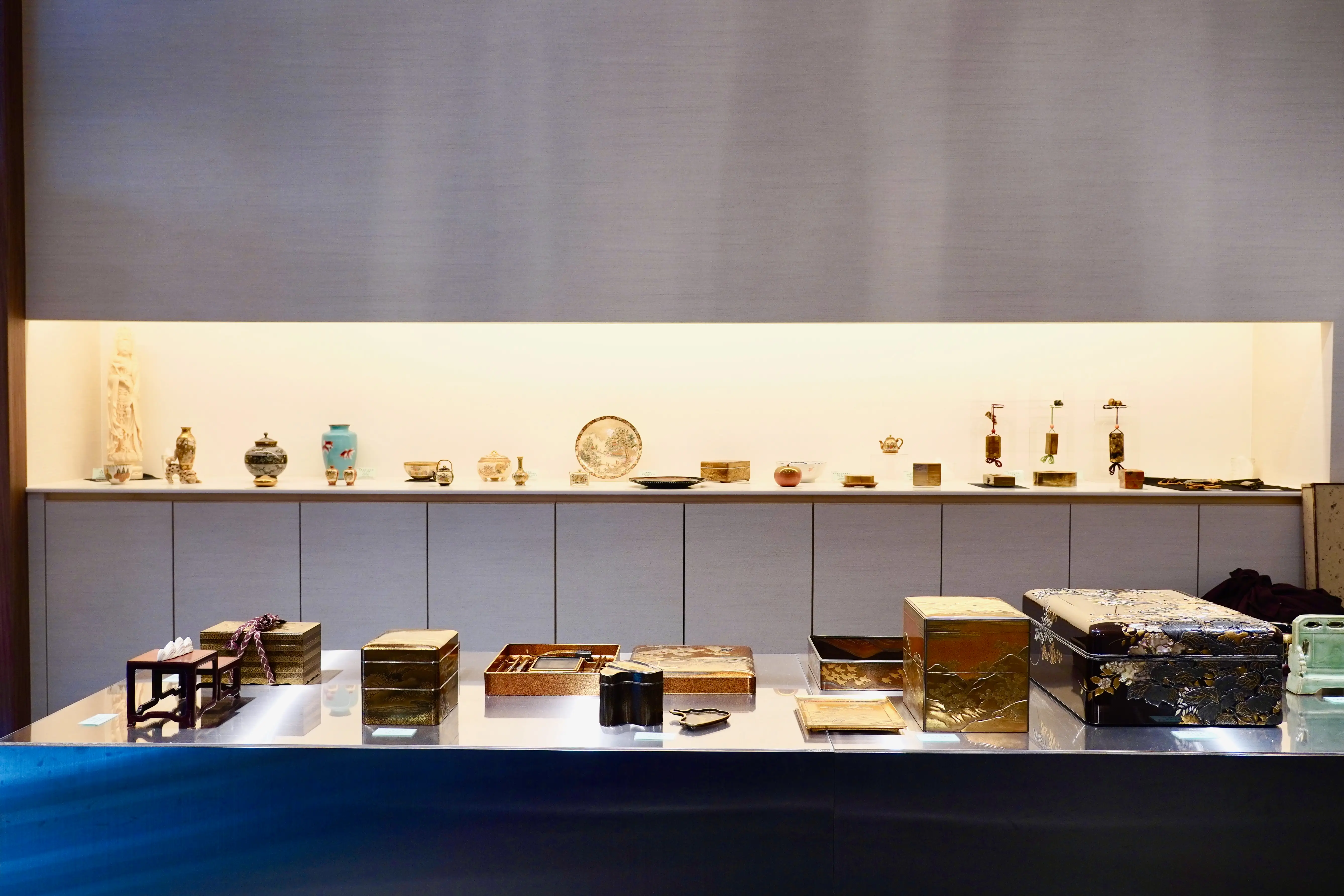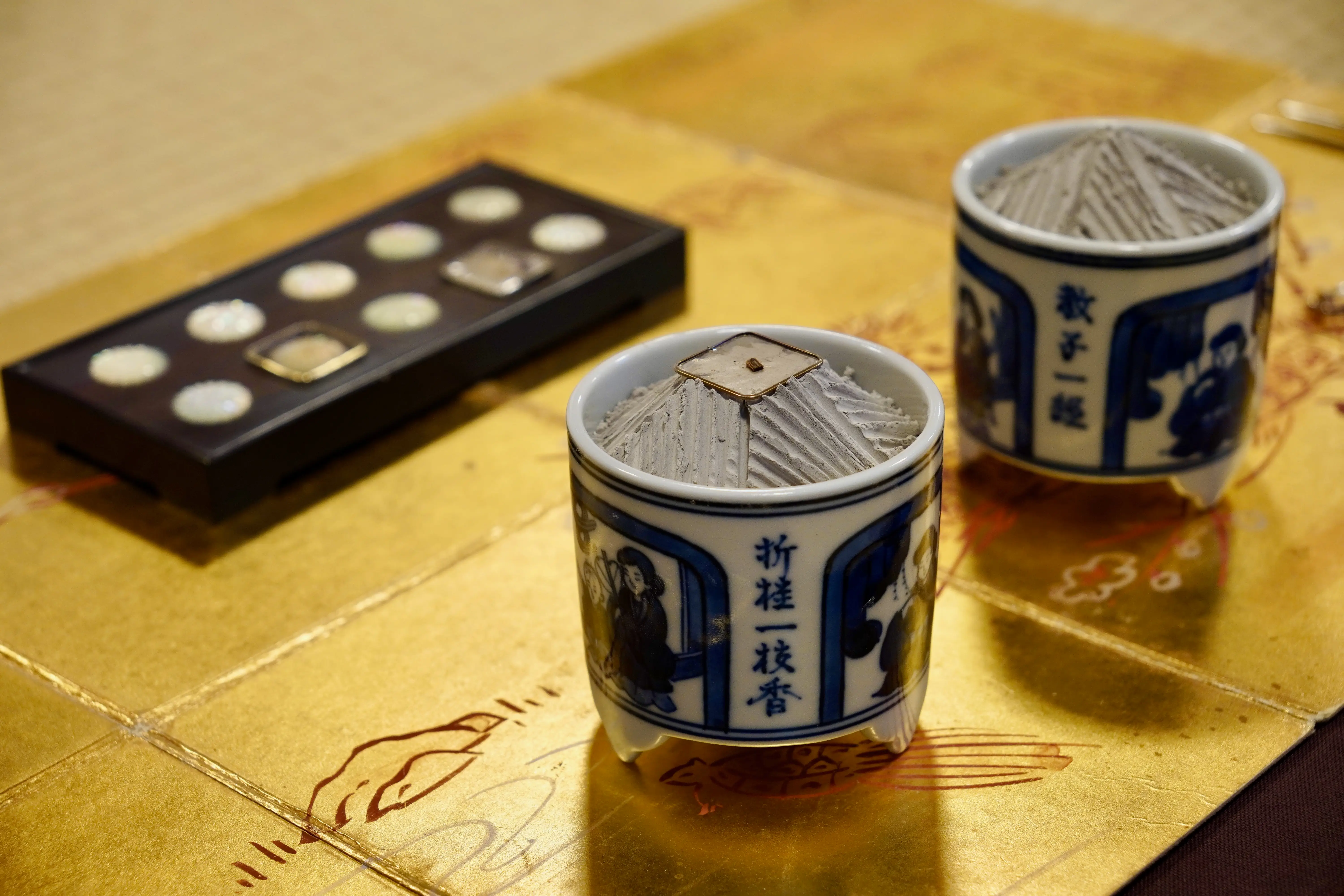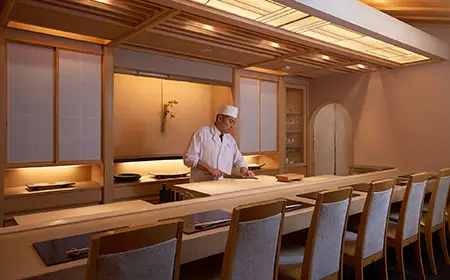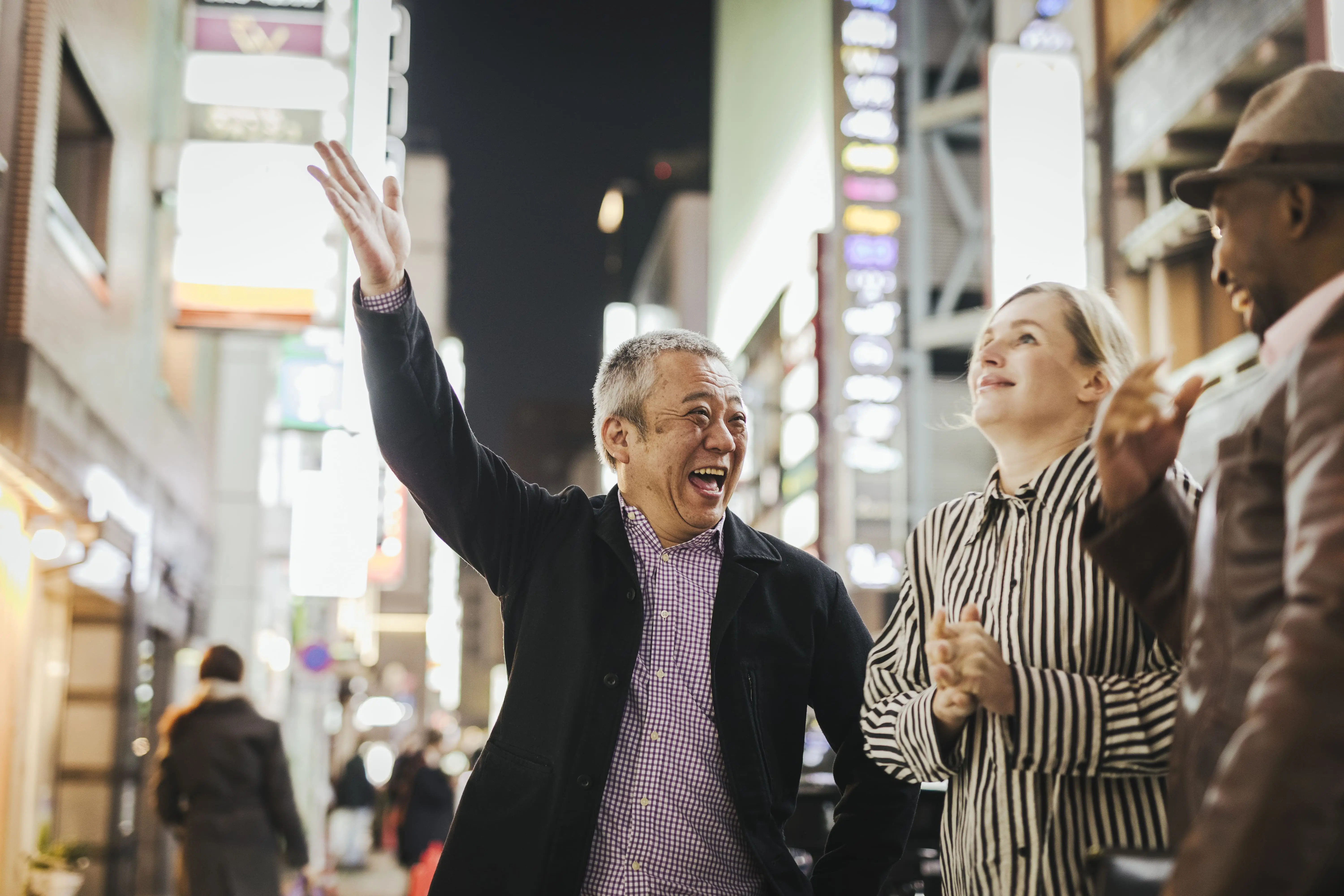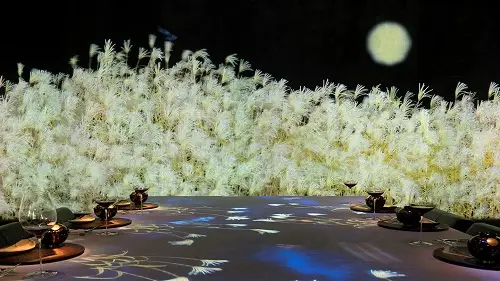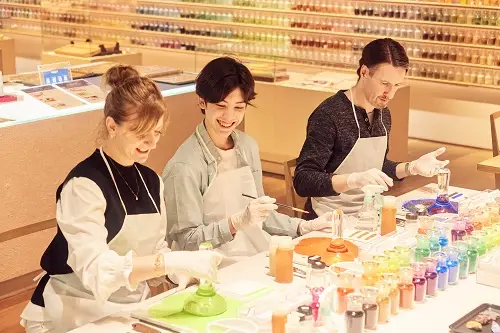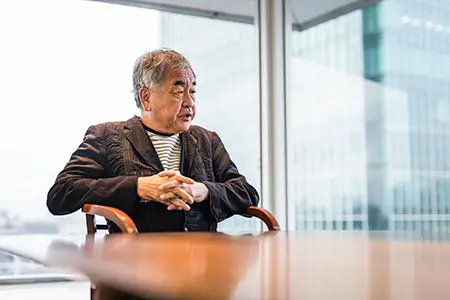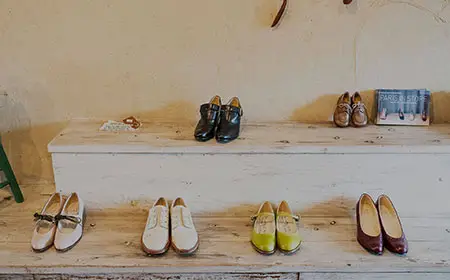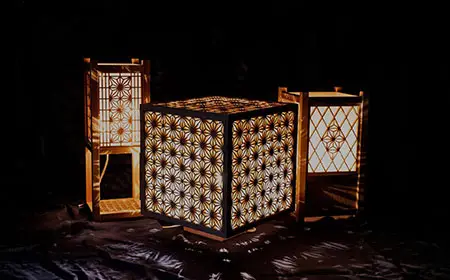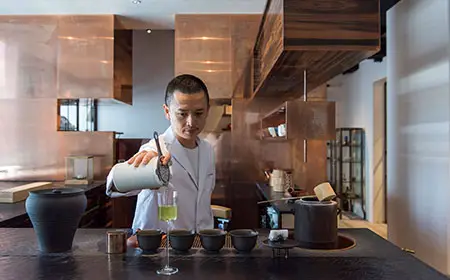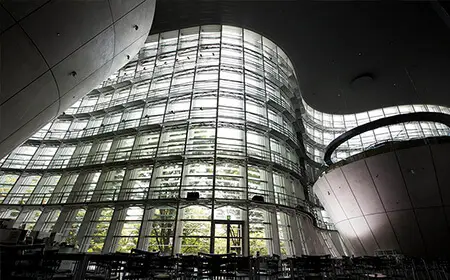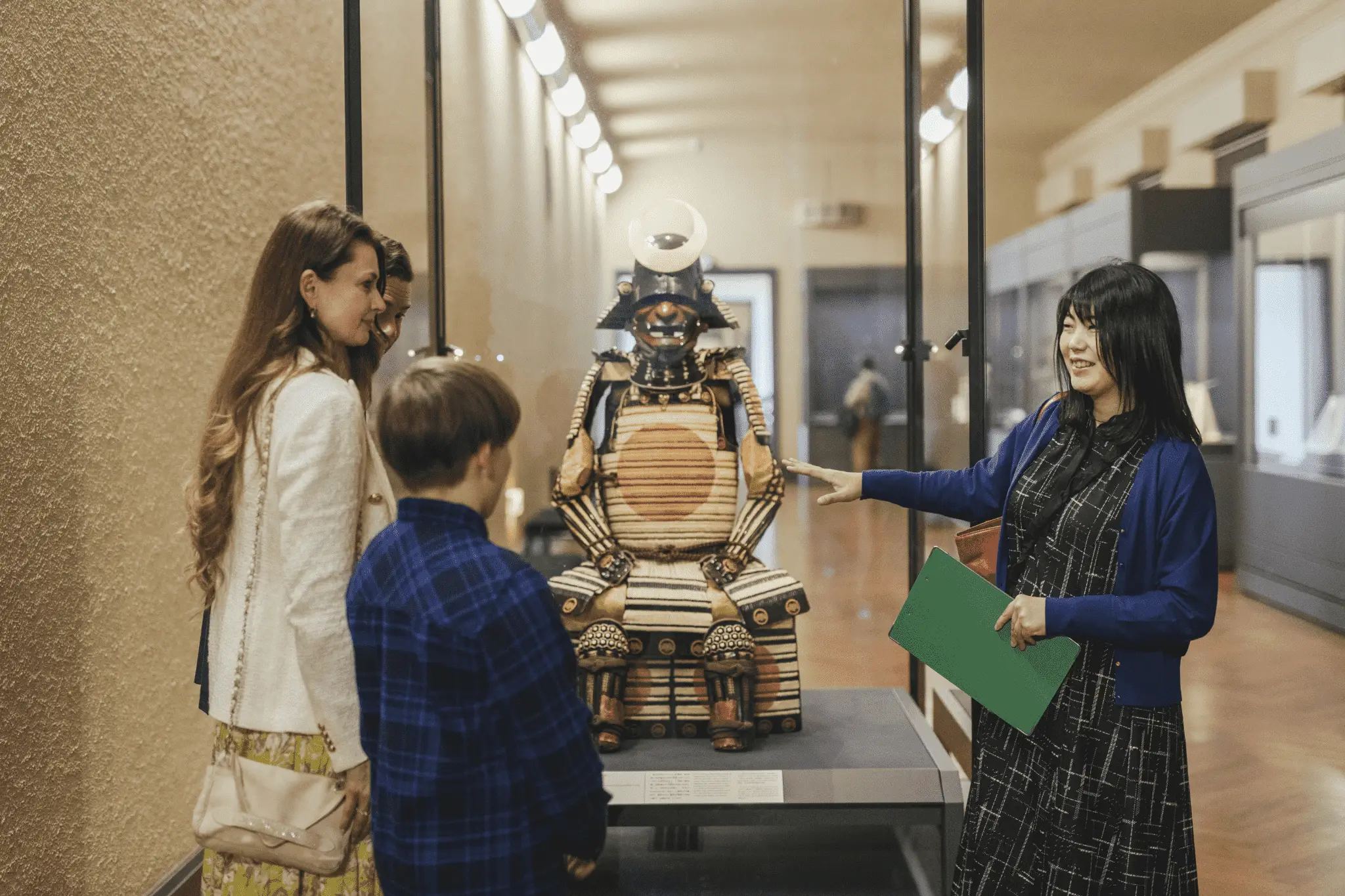
DISCOVERING THE HISTORY AND CULTURE OF JAPAN AT TOKYO NATIONAL MUSEUM
Japan's long history and rich culture comes alive by gaining a deeper understanding of it. With a bespoke tour around one of Tokyo's exquisite museums led by an expert licensed guide, you'll gain an appreciation of the country that deepens your passion to explore it.
As you embark on your Tokyo visit, what better way to uncover what makes the metropolis so special than to first take a professionally curated and led tour around one of its renowned museums?
This tour was designed and led by Emi Kawashima, an expert in Japanese history and culture with a Master of Education, for families with children of elementary school age.
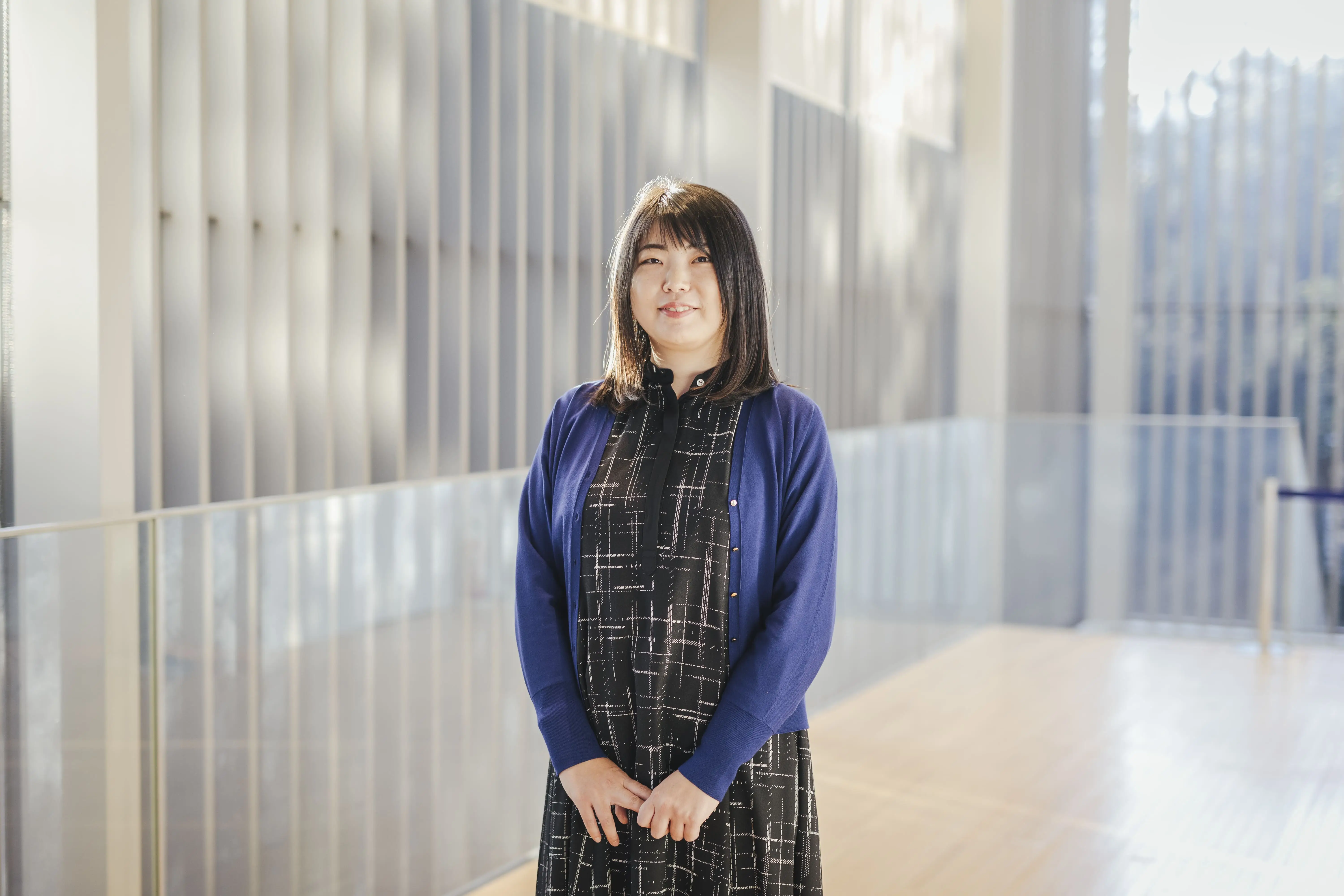
Ms. Kawashima, a professional interpreter and licensed guide, will introduce key exhibits on history and culture while entertaining us with interesting facts, quizzes, and other activities. Our visit was to the Tokyo National Museum, one of Tokyo's most iconic museums, but destinations can be adjusted upon request.

Established in 1872, the Tokyo National Museum houses a valuable collection of about 120,000 items including archaeological artifacts, paintings, calligraphy, sculptures, ceramics, metalwork, lacquerware and swords. Some 89 of them are national treasures and 650 are important cultural properties. Across five exhibition halls, more than 3,000 objects are on view. And with some 400 gallery rotations, there's always something new to discover on every visit.
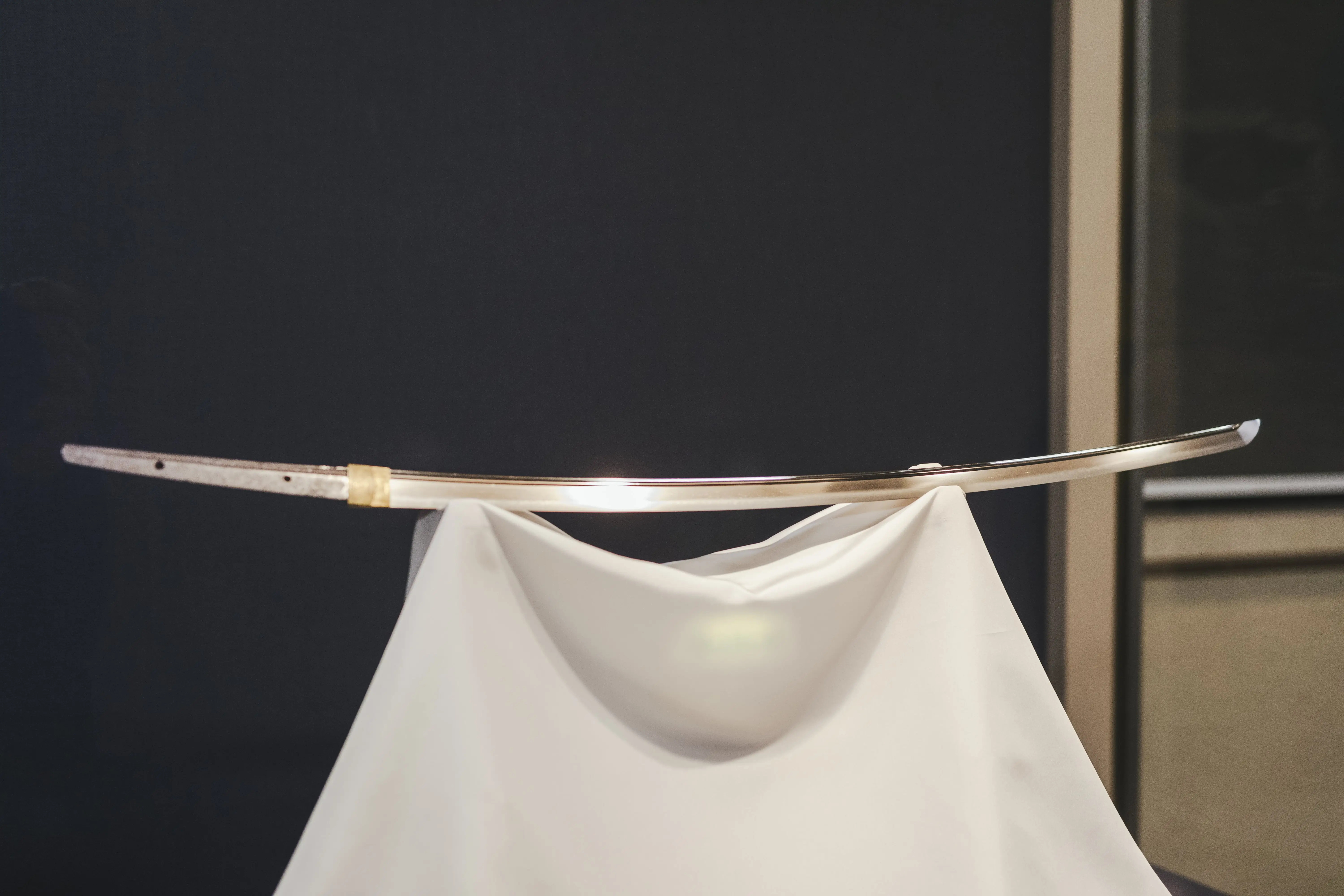


We begin in the Honkan (Japanese Gallery), a representative example of Imperial Crown-style architecture, built in 1930 after the former building was destroyed in the Great Kanto Earthquake of 1923. We explore Japanese art representative of each era, from the clay figurines and cord-patterned pottery of the Jomon period (10,000 BCE–300 BCE) to the ukiyo-e woodblock prints of the Edo period (1603–1868), including Utagawa Hiroshige's most renowned ukiyo-e, "One Hundred Famous Views of Edo."
Moving through the diverse exhibits, Ms. Kawashima points out narrative tales depicted from right to left on a yamato-e, (a classic style of painting marked by bold colors, often on a handscroll), and shows us how seasonal motifs were used in art to welcome guests. She even invites us to sit to understand how paintings were created to look their best at eye-level while the viewer was seated on tatami matting.

There is also a diverse range of yoroi (samurai armor) and weaponry dating from the 12th to 19th centuries. With Ms. Kawashima's help, we can spot rabbit ears on one helmet, reflecting the need to fight with speed, and a dragon on another, a symbol of strength, she says. Depictions of chrysanthemum on swords, meanwhile, indicate their owners served the imperial family. While admiring the quality craftsmanship, we're surprised to learn that yoroi were first donned at 13, the age when boys were considered men during samurai times.
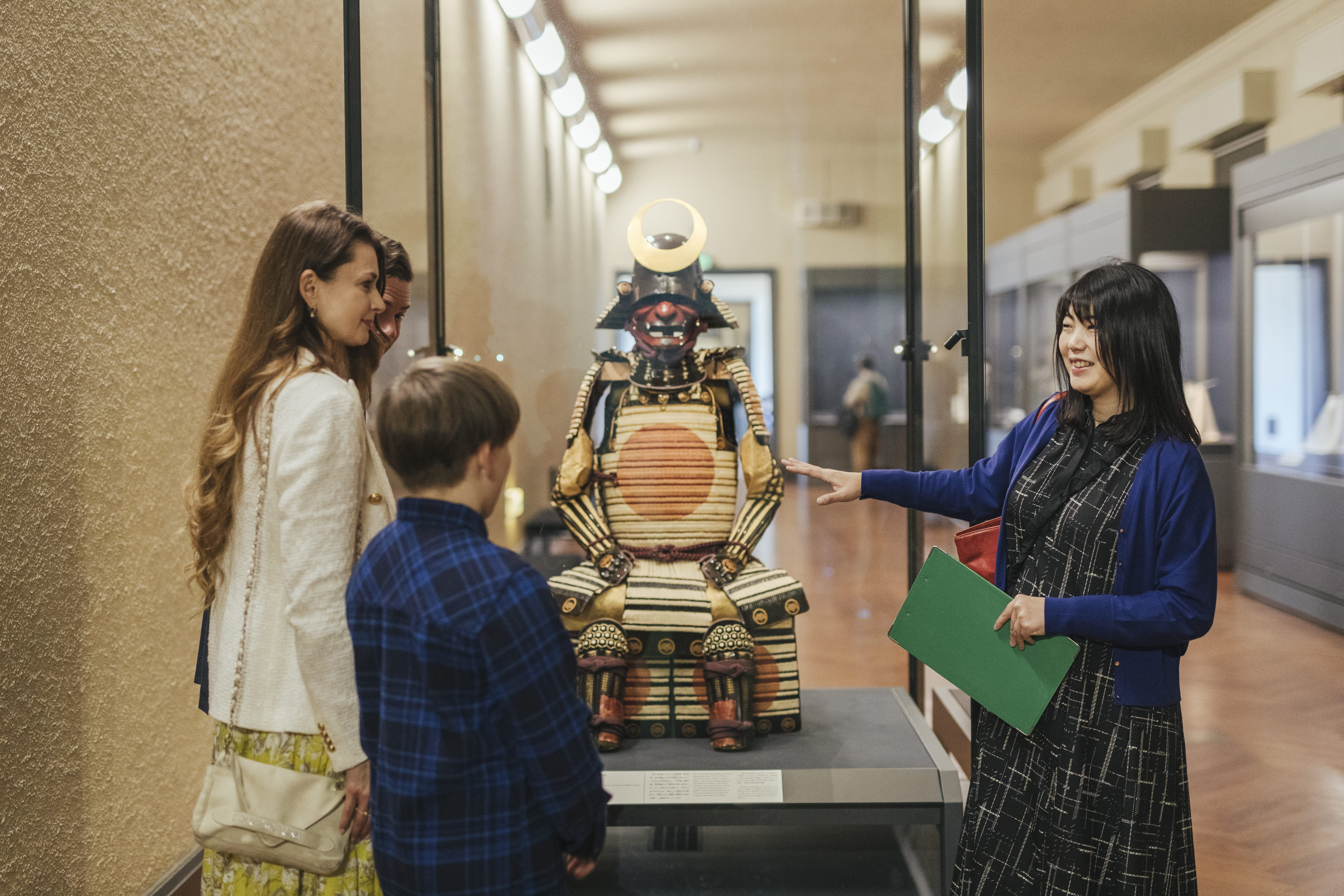
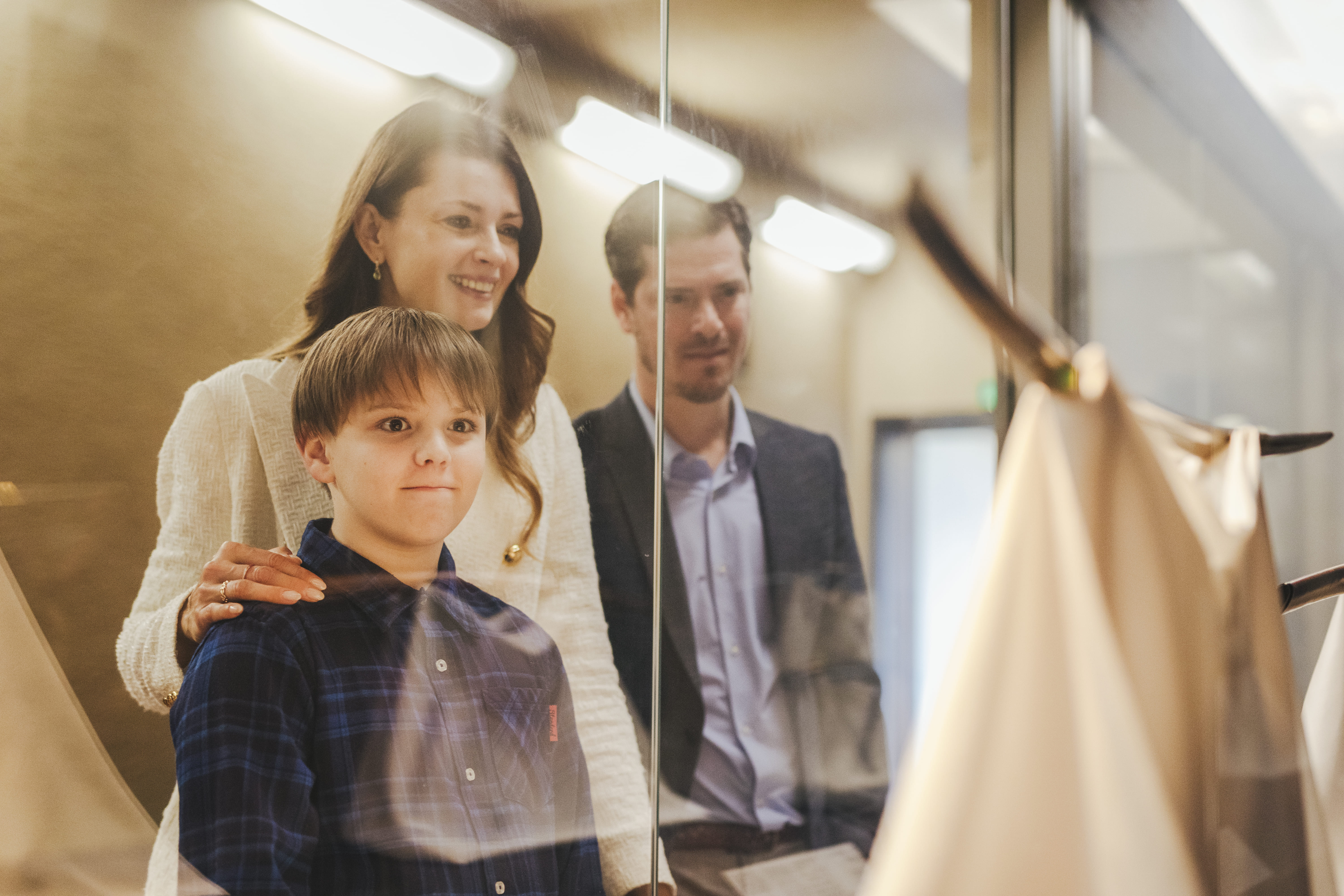
More recent collections include the works related to the culture of the Ainu and Ryukyu peoples, who today live in Hokkaido and Okinawa, respectively. The exhibits reflect the hunting and fishing society of the Ainu, and the importance placed on frequent interaction and exchange with other parts of Asia by the Ryukyu.

After viewing both floors, we move outside to the Gallery of Horyuji Treasures, a modern building designed by architect Yoshio Taniguchi (1937–2024), who redesigned the Museum of Modern Art in New York City.

The Horyuji Treasures were dedicated to the Imperial Household in 1878 by Horyuji, one of Japan's oldest temples and home of the world's oldest surviving wooden structures, which date from 607. The collection consists mainly of Buddhist objects related to Prince Shotoku (574–622), the founder of the temple. Of the approximately 300 objects in this collection, many were later designated National Treasures and Important Cultural Properties.

The entrance displays several decorative and highly intricate kanjo-ban, a long-thin banner hung from the ceilings of temples for use during prayer. Moving into the main room, there are some 50 gilt bronze statues of Buddha, many of which were used to pray for health during the smallpox epidemic in the early 7th century. "Lady Maya and Three Attendants" is noteworthy for depicting the mother of Buddha.

Bronze items of particular historic value include the "Pitcher with Dragon Head," which features cultural symbols from both East and West but is understood to have been made in Japan in the 7th century. It's so intricate that Ms. Kawashima can point out its green eye and the depiction of Pegasus, the winged horse in Greek mythology, near its base.


In addition, there is a range of exhibits related to gigaku, an extinct genre of masked dance-drama performance that was introduced to Japan from China during the Asuka period (538–710). As the public were largely illiterate at the time, religious and social messages were probably conveyed by "plays" as gigaku in an engaging way. Ms. Kawashima draws our attention to one particularly rare mask, which is half-bird and half-human.

We close our tour at a reproduction of a mural that was destroyed by fire 50 years ago. The mural was believed to be more than 1,500 years old and lives on through this modern black and white reproduction, preserving a piece of history.
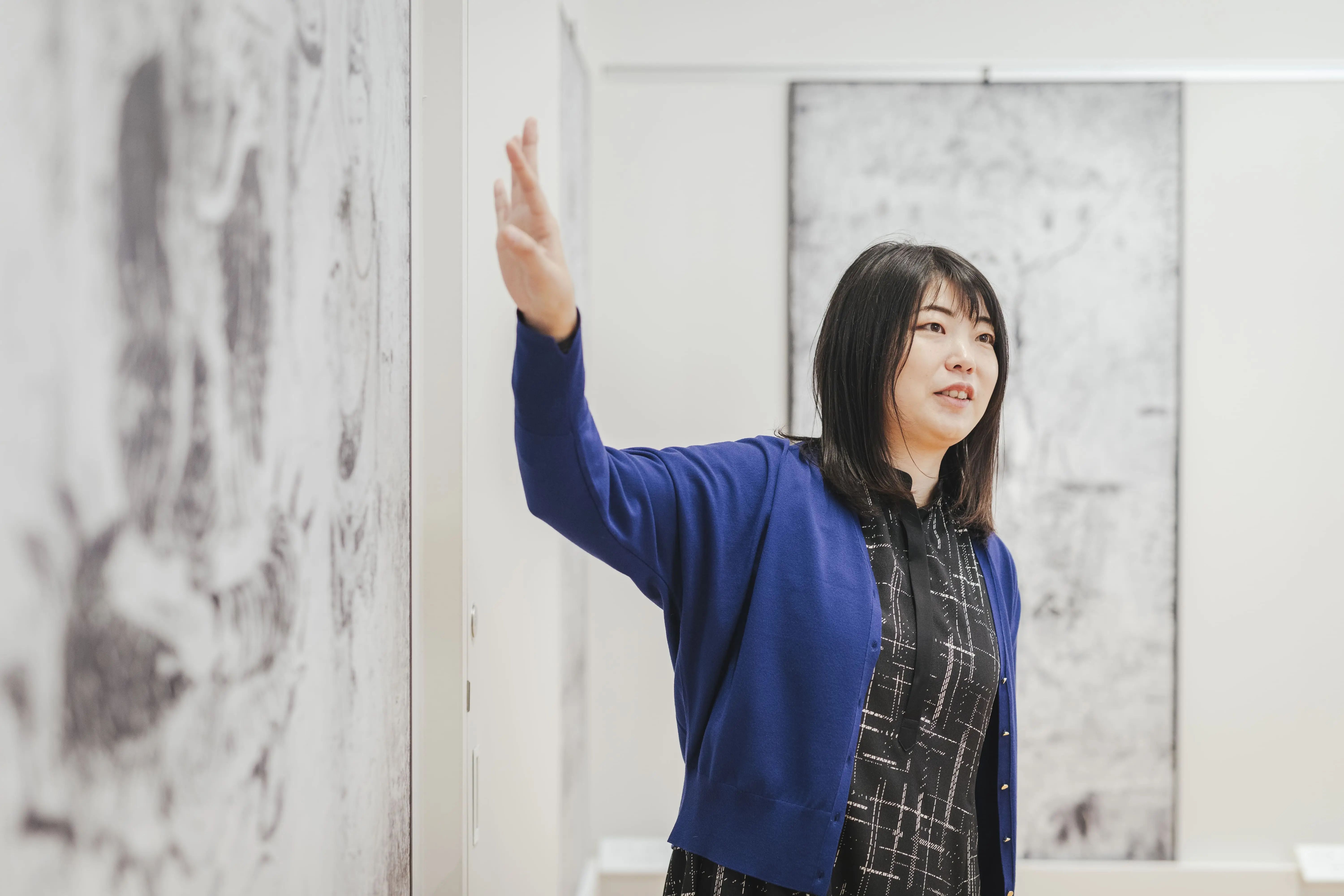
Finally, at an interactive area, we can follow instructions to make authentic ukiyo-e. This area introduces the production process of ukiyo-e in an easy-to-use way, allowing even small children to enjoy learning how to make a print and take it home as a reminder of our visit.

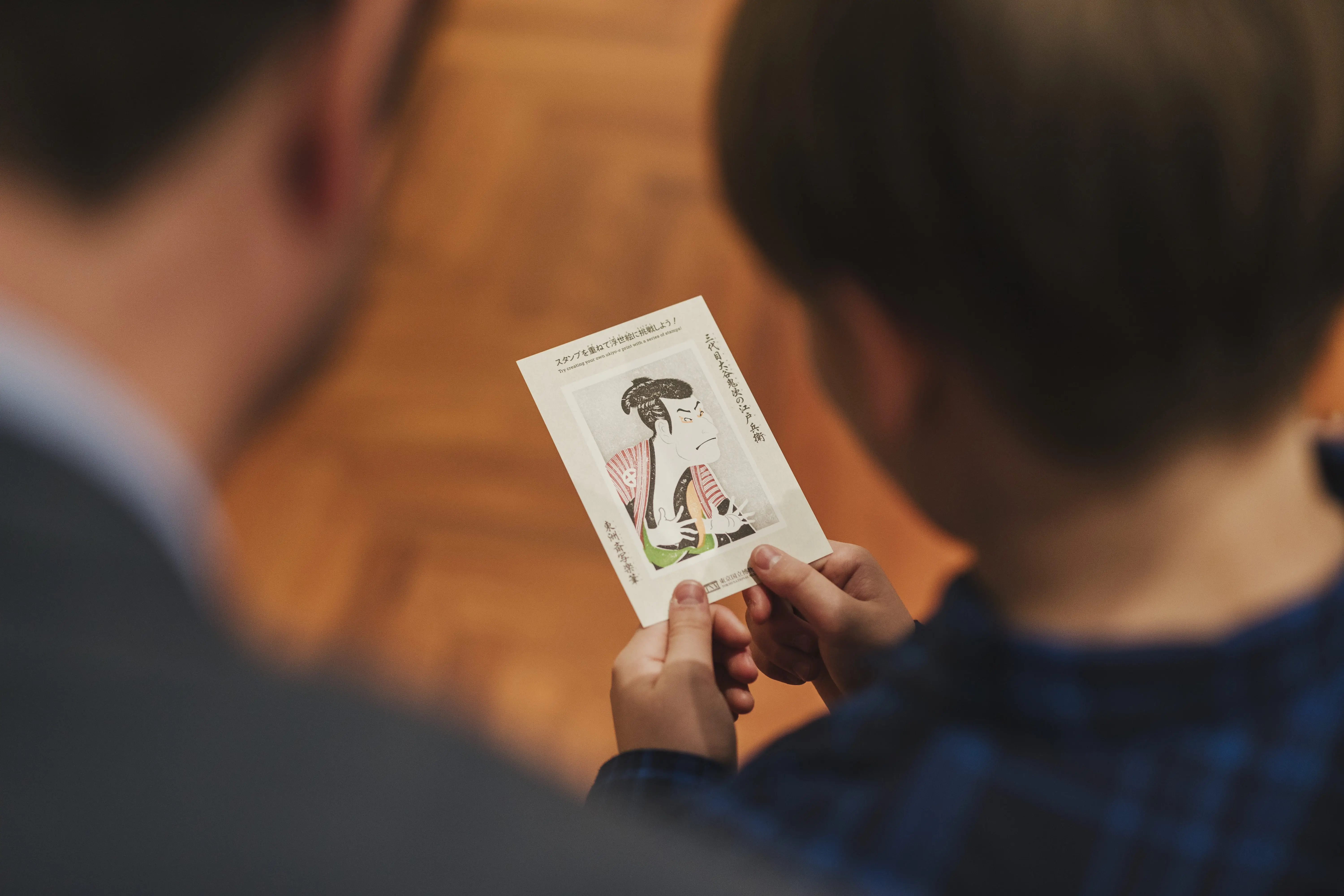
Thanks to our fascinating introduction to Japanese history and culture by Ms. Kawashima, we're now poised to make the most of our visit to the rest of the country. Why not follow our lead and let an expert interpreter-guide show you around one of the many museums and art galleries in Tokyo? You'll be spoilt for choice.
*The experience introduced in this article is a special arrangement by Ms. Kawashima and RICHARD & TEZEN. Please contact the email below for more information.
Contact:
emi.kawashima85@gmail.com




